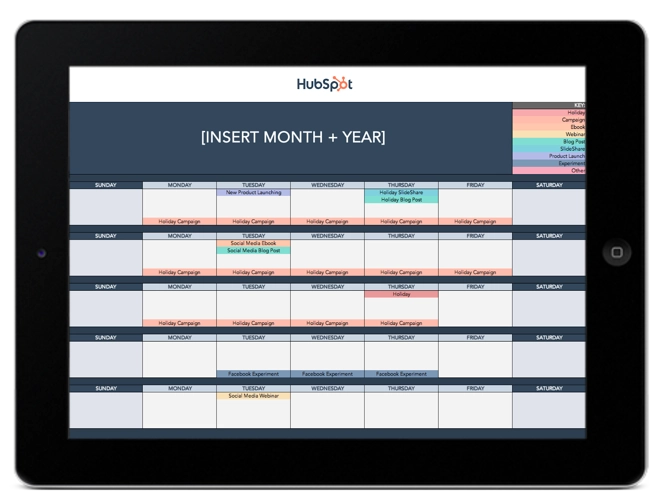
Whether you’re a new or seasoned social media manager, managing a brand’s social presence can be overwhelming. After all, you’re behind every post and every interaction with potential customers so the pressure is on.

![→ Free Download: Social Media Calendar Template [Access Now]](https://no-cache.hubspot.com/cta/default/53/3e56e15d-47bd-46c9-a256-99fde52abfe7.png)
All fields are required.

Click this link to access this resource at any time.
Before we get into the checklist, we’re going to break down the work of a social media manager into four pillars.
If you don’t share often, you’ll struggle to build an audience. Without an audience, you won’t have much to engage with. This also means that you’ll have little to no data about what works well and nothing to optimize or review.
This is all to say that to have a robust social media presence, you must be strong in all four areas. Now, let’s dive into the daily tasks you’ll need to complete in this role.
On a daily basis, you will be focused on the first three pillars: sharing, engaging, and monitoring.
While there is some reviewing and optimizing that can happen daily, you can better identify patterns when you do so on a monthly basis once you have compiled a good data set.
Your number one priority on social media should be sharing content.
That’s what will allow you to reach your target audience, attract them to your brand, and keep them engaged.
When we surveyed 310 U.S.-based marketers in 2022, we found that most social media marketers post between four to six times a week on social media platforms.
While that is the average, some marketers post more or less depending on the platform. For instance, 29% of marketers surveyed said they post on Facebook every day while 35% said they do the same on Twitter.
However, when asked about Pinterest, most marketers surveyed only post two to three times a week.
Of course, how often you post will depend on a variety of factors including the return on investment.
Something else to consider is that sharing content doesn’t only mean from your brand. It can include user-generated content or content from another non-competitor that would add value to your audience.
One of the easiest ways to engage your audience is by responding to their comments.
If you’re struggling to generate comments in the first place, try starting a conversation and asking your audience to join it.
In this post, sunscreen brand KINLÒ asks its audience to share ways they protect their skin.
All fields are required.